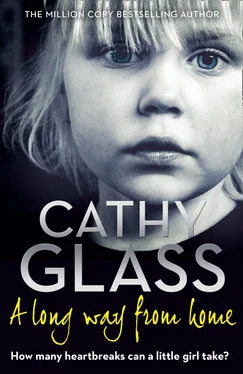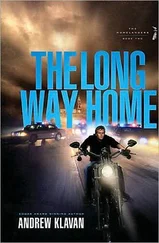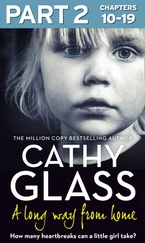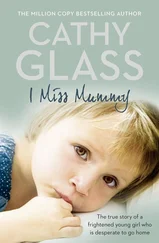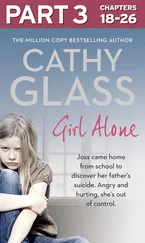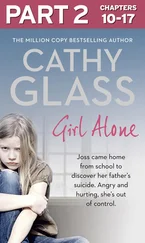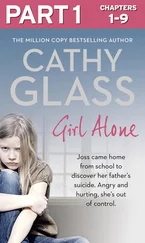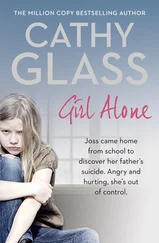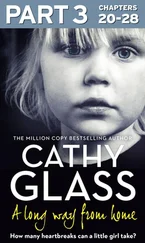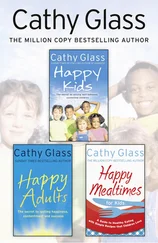By the time Ian came out of the shower the items they were donating to the orphanage were in carrier bags ready for the next day, apart from one teddy bear – a special bear they’d had personalized with Lana’s name.
‘Do you think we could visit Lana’s grave?’ Elaine asked Ian as she held the bear. ‘I’d like to put this on her grave if possible.’
‘That’s a lovely idea. We’ll ask Dr Ciobanu,’ Ian said, giving her a hug. Elaine wasn’t the only one with tears in her eyes.
The following morning they woke feeling refreshed and in a positive frame of mind. They knew there would be a lot of waiting around as the legal wheels turned in international adoption, but today they’d be busy and productive. A different cab driver took them to the children’s store in town and showed them where to catch a cab back, reassuring them that it would be easy to find a cab at the stand so he didn’t need to wait. The shop selling children’s goods was one of four large stores set side by side and back from the main road. They were clearly upmarket, with dazzling, brightly lit window displays, and their goods would only be affordable to a few. The other three sold furniture, carpets and electrical goods.
Inside the children’s store, Ian and Elaine wandered up and down the aisles of carefully laid out merchandise. It was so unlike any of the other local shops they’d seen during their stay so far, with smartly dressed assistants on hand to help. It sold everything imaginable for babies and young children: good-quality goods, mostly imported and therefore very expensive. Using the calculator on Ian’s phone, they converted the prices into pounds as they went. Most of the goods were at least double what they would have paid at home but they weren’t surprised that Dr Ciobanu had sent them to such an expensive store. It was widely thought in countries that practised international adoption that those adopting must be very wealthy, although in fact most had average incomes and had saved up to finance the trip, forgoing holidays and similar, remortgaging their home or taking out a bank loan. But of course compared to the locals they were wealthy.
They needed clothes for Anastasia and bought seven outfits to see her through the next three to four weeks, assuming they could be washed, and some toys, all of which Ian paid for on his credit card.
That afternoon they had the same cab driver as on their first and previous day’s visits to the orphanage, and he told them his name was Daniel – Danny for short. Ian was carrying the bags of Lana’s belongings and Elaine the items they were taking that day for Anastasia: three sets of clothes, underwear, pyjamas, sandals and some of the toys – an activity centre and two jigsaw puzzles. They’d decided not to take everything they’d bought for her in one go, as it could be overwhelming for Anastasia and also it would have to be stored somewhere in the orphanage.
Danny parked outside the orphanage, sounded the car’s horn to draw attention, and Ian and Elaine were let in by the care worker they’d seen the day before, who managed a small nod. They’d only seen two care workers so far in the orphanage for all thirty children.
‘Dr Ciobanu?’ Ian asked the care worker once they were inside and pointed to his office. ‘Is he here?’ She shook her head. ‘These are for the orphanage,’ Ian said, showing her the carrier bags of Lana’s belongings. ‘Clothes and toys for the children.’
She nodded. ‘I take them,’ she said, apparently understanding.
‘Thank you.’ He passed her the carrier bags.
‘These clothes are for Anastasia,’ Elaine said, holding up the bag containing her clothes. ‘Where shall I put them?’
‘I take them,’ the care worker said again, and Elaine handed her the bag. They’d left the teddy bear with Lana’s name on it in their hotel room and they’d ask Dr Ciobanu when they next saw him if it would be possible to put it on Lana’s grave.
‘Where is Anastasia?’ Elaine now asked.
The care worker nodded in the direction of the ‘playroom’ and they went in. She wasn’t there. The stained and faded beanbag and small heap of broken toys sat forlornly where they’d been the day before. ‘The care worker has probably gone to fetch her,’ Ian said, looking round.
A minute or so later a child’s footsteps could be heard running down the corridor, then Anastasia flew into the room. She looked pleased to see them.
‘Hello, love,’ Elaine said, going to her. ‘How are you?’ The care worker closed the door behind her.
Anastasia spotted the carrier bag Elaine held and, remembering that a similar bag had held gifts the day before, tugged at it.
‘Yes, they are for you,’ Elaine said, smiling, and took out the activity centre. ‘Come on, let’s sit down and we’ll show you how it works.’
Intrigued, Anastasia went with them and sat beside Elaine on the beanbag as Ian sat on the floor on the other side of her. Elaine placed the activity centre on Anastasia’s lap and together she and Ian began showing her how it worked, pressing the various brightly coloured keys to give a letter of the alphabet, number or colour, followed by a four-note tune. Anastasia tapped a few of the keys and then peered into the carrier bag to see what else was in there. Elaine took out one of the jigsaw puzzles and remarked to Ian, ‘I wonder where her doll, crayons and colouring book that we brought in yesterday are?’ They’d left them in the playroom.
‘Perhaps she has them in her cot?’ Ian suggested.
‘Doll?’ Elaine asked Anastasia, hoping the child might recognize the word from the day before. But she was more interested in the puzzle.
They showed her how the pieces went together and then Anastasia wanted to see what else was in the bag. Elaine took out the second puzzle, but as she and Ian began to assemble it the child lost interest again. With the carrier bag empty, Anastasia picked up Elaine’s handbag.
‘I know what you’re after,’ Elaine said, smiling. ‘You want to see the photographs on my phone. Shall we do the jigsaw first and then look at photographs?’
But Anastasia didn’t like that idea and was most insistent on opening Elaine’s handbag, babbling in her own language. Elaine set the jigsaw to one side and took out her phone. She then went through the photographs as she had done the day before, telling Anastasia what they were and repeating simple words like ‘house’ and ‘ball’, hoping Anastasia would try to say the words.
Having got to the end of Elaine’s photos, Anastasia began tugging on Ian’s arm, signalling that she wanted to see the photographs on his phone. He laughed indulgently and took out his phone. Anastasia wanted to hold it and he let her. She began pressing the keys and then didn’t want to return it. Fearing the phone might get broken or his messages and contacts erased, Ian gently eased it from her hand. She wasn’t happy and jumped up from the beanbag and ran to the window, where she banged on the glass. Not wanting to upset her, Ian relented and held out his phone. Anastasia returned to the beanbag and then spent some minutes pressing various buttons before losing interest and discarding it in favour of the activity centre.
Anastasia clearly had a personality and will of her own, but that was good, wasn’t it? It showed she was intelligent and developing normally. Elaine had read that children of Anastasia’s age sought greater autonomy and exerted their will power, which could lead to tantrums, hence the expression ‘the terrible twos’. But all in all they felt their time with Anastasia had gone well. They had a lot to learn as new parents as well as getting to know Anastasia. She hadn’t been as agitated and unsettled as she had been the day before, and while she’d gone to the window a number of times, it had been easy to persuade her away. She seemed more comfortable around them (they weren’t complete strangers any more), and although she hadn’t settled to an activity for very long, it was early days yet and many two-year-olds have short attention spans.
Читать дальше
